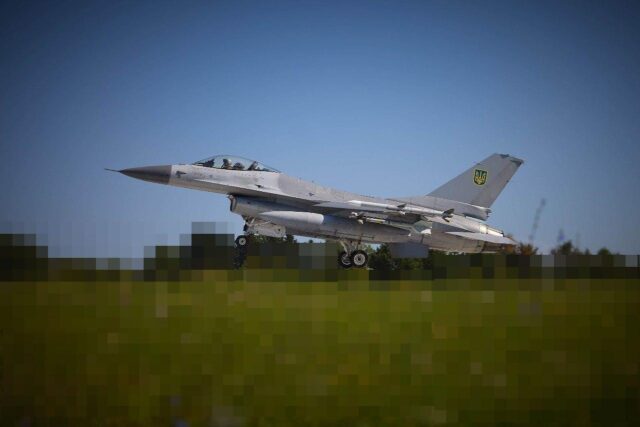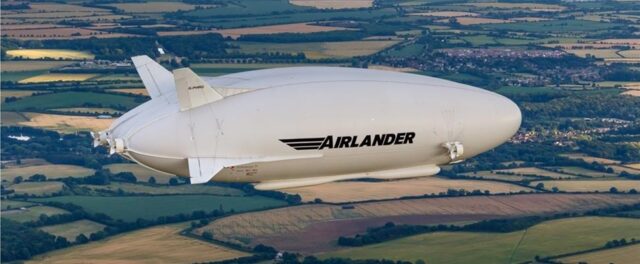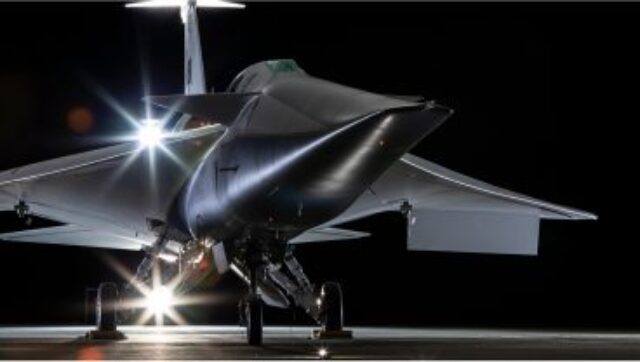The future of textiles for the aerospace industry
The aerospace and defence sectors are projected to grow by 3% this annum. This trend is driven by a number of key factors, including heightened government budgets (due to the…

The aerospace and defence sectors are projected to grow by 3% this annum. This trend is driven by a number of key factors, including heightened government budgets (due to the increased threat to national security and protectionism) and the commercialisation of passenger space travel.
Such change presents an excellent platform for manufacturers to develop new and innovative textile products with increasingly better performance characteristics for these continually evolving industries. But overall, the need to minimise excess weight within aircraft is still an overriding concern. By substituting heavier, conventional materials for lighter high-performance textiles, not only can commercial aircraft companies benefit, but global space programmes such as NASA and the UK Space Agency, and national armed forces can too.
Shedding weight
While cost is certainly a contributing factor, it isn’t the only driving force behind the design and manufacture of these lightweight, durable fabrics. Yes, better fuel economy will be a benefit for civil aerospace, but it’s less of a concern for defence contractors or government space programmes where heavy demands on material performance dictate specifications.
Reducing weight makes aircraft faster, allowing military pilots to reach their destination/target more quickly — and in the event of combat situations, speed of response is crucial.
In terms of longer haul travel such as space programmes, a vessel travelling to Mars and back with humans on board is currently a 2.5 year journey, for example. Therefore, spacecraft vessels with less mass would have a better fuel/weight ratio, requiring less fuel overall for propulsion.
Alternatively, it could extend the flight range, meaning that agencies could operate more effectively and help them to advance their knowledge of our solar systems – the very purpose they’re here for.
Plus, when tourist journeys to space become more mainstream, weight reduction will of course mean lower costs and heightened profitability for private companies, such as SpaceX.
Adding strength
Another benefit of lighter material is that it often drives better technical performance and functionality, such as stronger protection – which is paramount for the safety of personnel and passengers of all types of aircraft. For example, lightweight, high-specification fabrics and textiles are multi-functional and can be used in a variety of aerospace applications including ejector seat covers, parachute release bags, screens and partitions, flexible fuel cells and aircraft flotation bags.
Looking further into the future, there’s even discussions about creating living environments on other planets. While this may simply sound like ‘blue sky thinking’, NASA revealed its strategy to try to get humans living on Mars by 2030, in 2015.
If these plans are to be realised, then there’s much to consider about the contribution that textile materials can make – not only from a clothing and safety perspective, but the way that textiles can be used structurally in the design and realisation of optimal living conditions.
Experimental textiles
You only have to look at the use of experimental textiles being used in space stations to see that aerospace fabrics have already come a long way. In 2016, NASA created an inflatable International Space Station habitat, named the Bigelow Expandable Activity Module (BEAM), using Kevlar textiles. This construction consisted of multiple layers, which are designed to help protect astronauts against solar radiation, extreme temperatures and high-speed impact from micrometeorite strikes. While still in its testing phase, this example of innovative textile design shows the potential to create fabrics that fulfill a variety of highly-sensitive criteria.
Of course, the journey to life on Mars is a long one, but with the help of forward-thinking, progressive textile manufacturers, who knows what is possible?
















